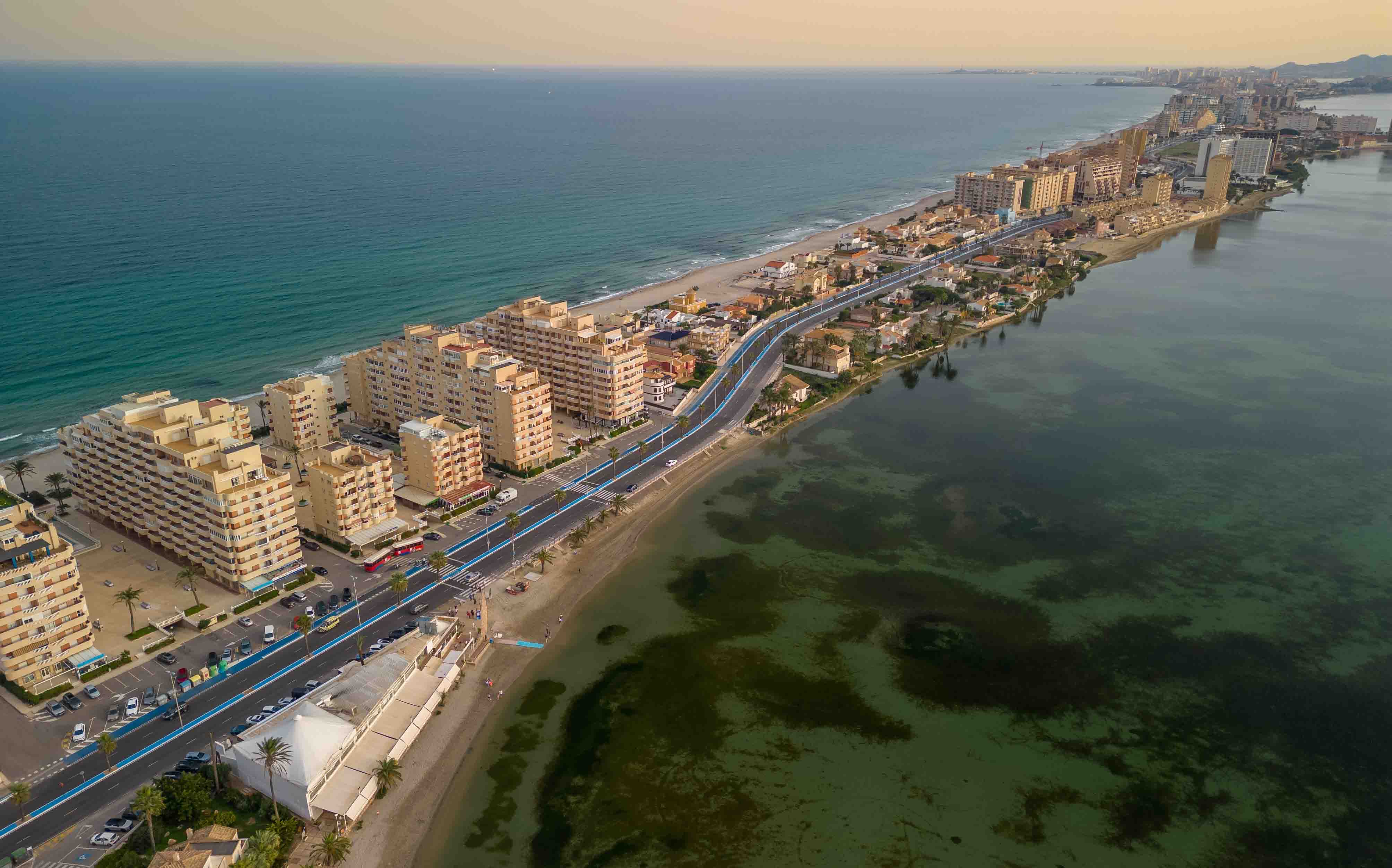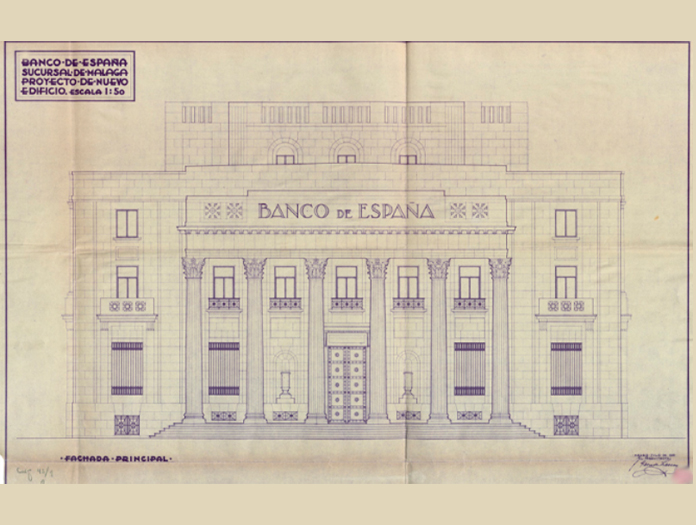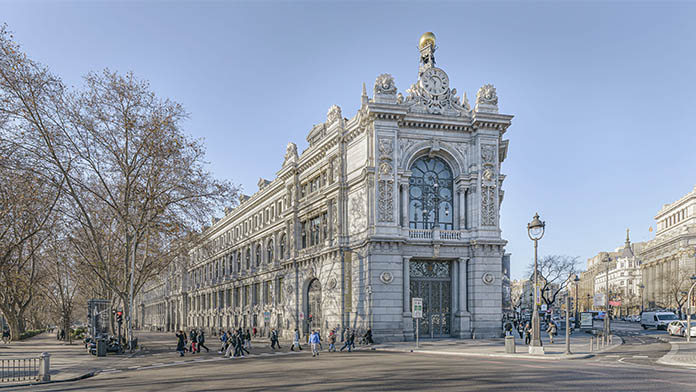Using a simple format and plain language, the Banco de España Blog seeks to make our work more accessible to the general public. Posts share our analysis of economic and financial issues and the ins and outs of the Banco de España’s tasks and activities with all those curious to know more.
Subscribe to our newsletter to receive notifications of new Blog posts.
Use this contact form![]() to send comments and suggestions about the Blog. Each post has its own comments section.
to send comments and suggestions about the Blog. Each post has its own comments section.
















